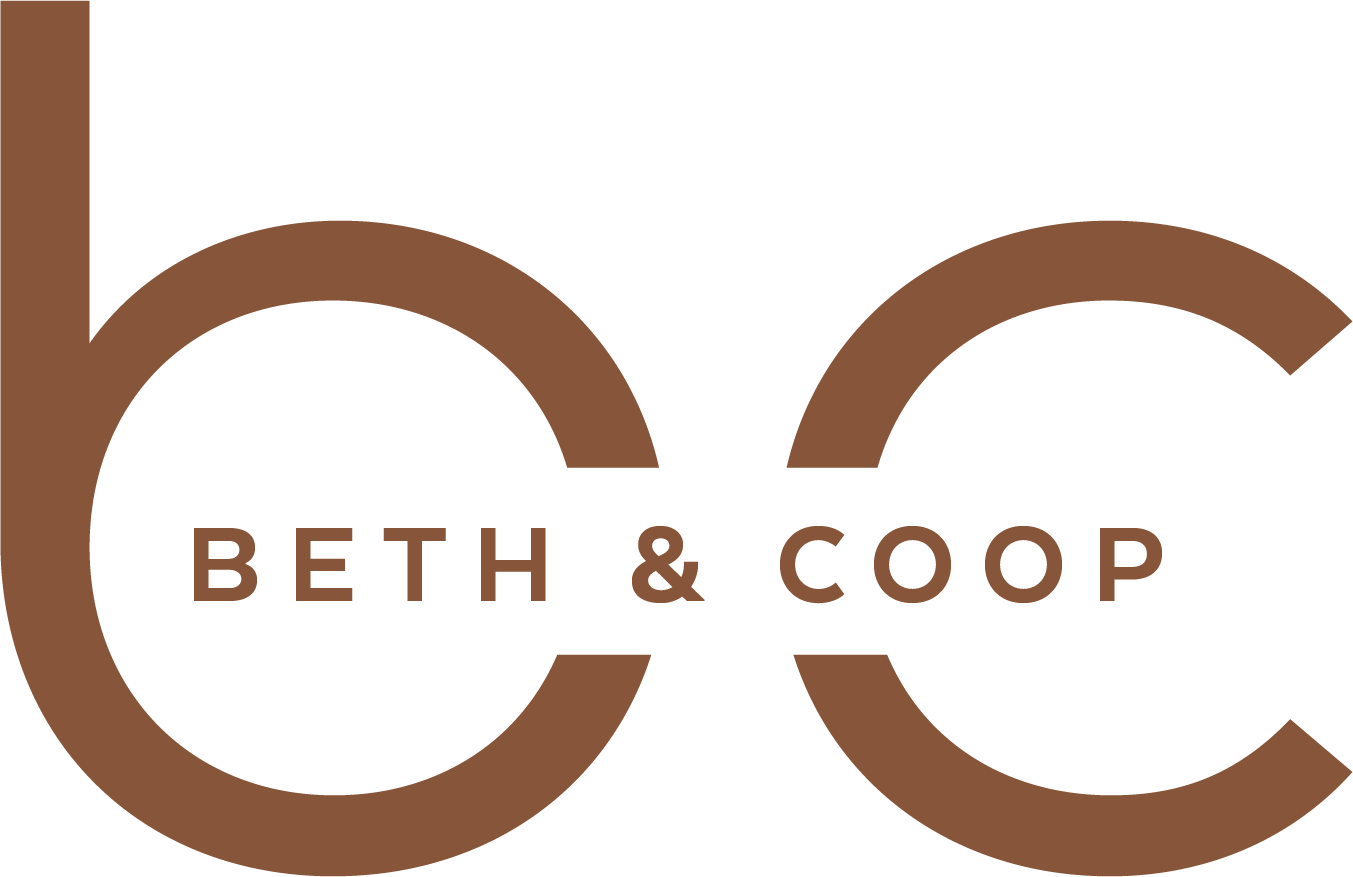When it comes to a hearing loss diagnosis, there is an overwhelming amount of information that accompanies it, both in the immediate days of the diagnosis and in the years following.
The amount of information can feel almost paralyzing at first, but when handled correctly, it becomes manageable. One important aspect of making the information digestible is taking the time to organize it. Here are my top tips for organizing hearing loss information.
Why organize?
Though it may be tempting to throw all your books and papers in a box, being a little more organized with your child’s information is vital because you will have to refer back to information eventually. At points, you may need to access information to find a specific date. Or, in some cases, the information is necessary for grant and insurance purposes. Once your child hits school age, it will also be important to organize records to specific school-related plans. Taking a few hours to organize your child’s hearing loss information will likely save you countless hours in the future.
But how exactly should you go about doing so?
Tips to organize
1) Create a binder
While we live in a world where much of this information is electronic, there is still a surprising amount of papers involved. Purchasing a large 3-ring binder will make your life much easier in the long run. Having tabs within that binder is also important. I highly recommend breaking your papers into the following categories (or similar ones based on your own needs): Audiology, ENT, Therapies, School, Medical, Genetics, Equipment, Resources, and Team. Having these tabs easy to access makes it much simpler to quickly find the exact information you are looking for. If you’re looking for a simple way to do this, Advanced Bionics has created similar tabs/binder inserts called My Child’s Hearing Adventure, and you can request a free copy of this be mailed right to your door.

